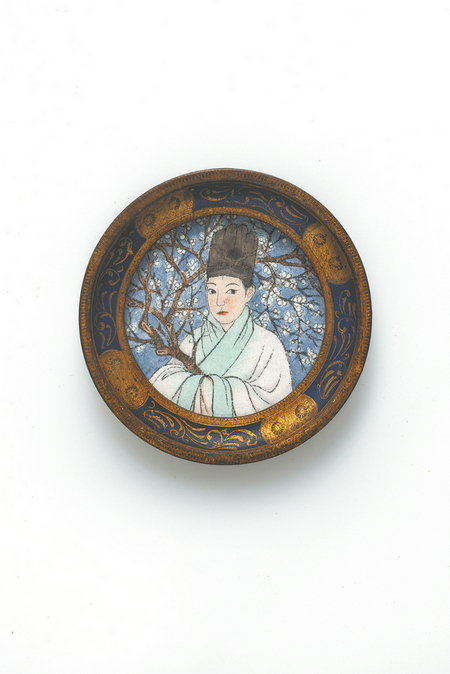

Peng says that good narration shows that the truth is complicated, and that to tell the truth, the whole truth, is a complex process.
In her paintings, that complication is vividly presented in one room after another, one level of a tower after another, through rich detailing that peels apart the multiple facets of human nature, like the layers of an onion.
Cui says that part of the charm of Peng's narrative paintings is her use of liubai (leaving blankness), a traditional method in classical Chinese painting, where emptiness is employed to prompt viewers to think about the implied meaning and the future development of the story in them.
Asked why she paints ancient figures, rather than contemporary ones, Peng says it is a way for her to remain detached from the world, so that she can observe it calmly.
She senses a similar detachment in Ferrante, who Peng says imbues her characters with human interest but from a distance.
Peng adds that, while she paints the worlds of men and women, she seeks to show the influence of the past and of what is happening today, on human nature, and that together, these individual stories paint an epic picture of society.
Contact the writer at linqi@chinadaily.com.cn